Last week, I talked about the why of SneakyArt. In this issue, I share a new episode of the SneakyArt Podcast, the idea behind movie storyboards, and some thoughts about art and the subject known as phenomenology.
New subscribers, welcome to the SneakyArt Post!
Ep 21 - Making Storyboards with Alex Hillkurtz
In this episode, I speak with painter and storyboard artist, Alex Hillkurtz, about his experience as a storyboard artist in Hollywood, and how it informs his art today.
This episode is my longest conversation yet, and touches on a number of different topics. To begin, we discuss how storyboards are made, and how they are used in Hollywood film production. Alex picked up painting at a later stage in life, so we talk about the process of self-education he put himself through. In this respect, Alex also shares the lessons he picks up from cinema, fine art, and his fellow artists. Finally, we discuss the experience of putting together his book - "Sketching Techniques for Artists".
Visit here to read a brief transcript of this conversation and catch links to Alex’s work. To listen to the episode on your choice of streaming service, use one of the links below.
Spotify | Apple | PocketCasts | Google | Web | Gaana
What is a Storyboard?
Think of a storyboard as a comic-book version of a film, although sometimes they are only used for important or complex scenes. Storyboards are useful to directors, cinematographers, and a lot of the technical crew responsible for visually realizing a scene. It provides information about micro aspects like camera angles, character movements and framing, and also less tangible macro aspects such as mood and pacing. Cinema is a visual medium, so the storyboard can be thought of as the first translation of many difficult-to-express ideas about how things should look.
A good storyboard saves a lot of people a lot of time and effort, which directly translates to saving a lot of money! Alex has worked on many films, including Almost Famous, Argo, and Vanilla Sky. Below, I include a page of his work for the film “Live By Night”.
To accompany this episode, I will write a bonus commentary this week about the storyboard art of different films, and what we can learn from them. Bonus commentaries are available for free to members of the SneakyArt Podcast. If this sounds interesting to you, visit here to become a member, and check out some past bonus commentaries I have released.
The responsibility of the artist
Wassily Kandinsky is considered the founder of the abstract art movement. Long before I knew of his work, I read a quote which has stuck with me through many years.
About our expectations from art, he says -
Lend your ears to music, open your eyes to painting, and... stop thinking! Just ask yourself whether the work has enabled you to 'walk about' into a hitherto unknown world. If the answer is yes, what more do you want?
But Kandinsky did not just have instructions for the person looking at art. This week, I read a Brain Pickings article about Kandinsky’s thoughts on the three responsibilities of an artist.
It played in my mind, bouncing off some ideas I have had on the subject of existentialism and phenomenology.
Phenomenology, and Art
I am reading the book “At the Existentialist Cafe” by Sarah Bakewell, which opens in the early 1930s in a famous cafe in Paris, at the table of the soon-to-become great writer Jean-Paul Sartre and his partner, the soon-to-become famous philosopher and feminist, Simone de Beauvoir. The author relates an incident which turns Sartre and Beauvoir to the exciting new field of phenomenology, and sparks the birth of modern existentialism. These are big words coming from the writings of big thinkers of the previous century like Neitzche, Kierkegaard, and Hegel. And while they may sound obscure and strange to us, they have played an enormous role in the shaping of modern society, social justice movements and identity politics.
Consider the time. In the 1930s, European life has just emerged from horrific loss of life in the Great War. Already there are rumblings of nationalist movements in Germany and Italy, and the possibility of further strife. The world, as many see it, is deeply unstable. Different people react in different ways to this instability. Some cling harder to national identities. Others become unmoored from such loyalties, becoming deeply individualistic.
Sartre has just heard about Husserl and phenomenology. But nobody is completely sure what the term means. Not even Edmund Husserl himself can fully explain it. In fact, he discourages people from fixating on the meaning of the word. He wants you to dive in and play with it instead, with rigorous methods of philosophical deduction.
Sarah Bakewell explains,
It is essentially a method rather than a set of theories, and its basic approach can be conveyed through a two-word command: DESCRIBE PHENOMENA.
The first word ‘describe’ requires the “stripping away of distractions, habits, cliches, presumptions and received ideas, in order to return our attention to what (Husserl) called the ‘things themselves’.” The second word ‘phenomena’ to a phenomenologist denotes any objects or events as they presents themselves to our experience. This is the key differentiator. Unlike past philosophers, the phenomenologist does not try to see the world from outside the world. They do not remove themselves from the world, because they consider such an act to be not only impossible but also useless. Instead, they do the opposite. Like Romantic poets, they throw themselves into the world. They live it, and taste it, and savour it. They experience it. The idea that Husserl formulates, and his successors develop further, is that things acquire meaning only by our experience of them.

Consider how you would describe a cup of coffee. Is it the chemistry that makes it coffee? Is it the botany of the coffee plant? Is it defined by the trade that extracts beans from the plant, transports them across the world, grounds it to powder and then filters hot water through them? These methods tell you exactly everything about coffee, but exactly nothing about the cup of coffee in front of you. As the author describes,
Instead, it is a rich aroma, at once earthy and perfumed… As I lift it to my lips, it is a placidly shifting liquid and a weight in my hand inside its thick-rimmed cup. It is an approaching warmth, then an intense dark flavour on my tongue… bringing the promise of lasting alertness and refreshment. The promise, the anticipated sensations, the smell, the colour and the flavour are all part of the coffee as phenomenon. They all emerge by being experienced.
She goes on to give similar examples for music, religious experience, and even medical diagnoses.
Do we describe music with knowledge of a progression of notes, or the emotions they conjure inside us through the experience of listening?
Is religion an objective understanding of god(s) and divine power, or is it about how they make us feel (and behave) based on the strength of our beliefs? In that sense, do our gods have real power over us, or is it power that derives from our belief? What came first, the god or the belief? (Neil Gaiman explores this idea in American Gods.)
What of physicians? Patients describe their pains and symptoms as they experience them. Is there a way to objectively assess a diffused or a stabbing pain, a disturbed stomach, or a feeling of sluggishness? The concept of “phantom limbs” or “phantom pain” after an accident arose from the validity given to a patient’s experience, not from a physical reality observed in isolation.
This idea empowered people like Sartre and de Beauvoir in subtly different ways. Our experience shapes the meaning we give to things, and those things can be small like a cup of coffee or ordinary like a seat on a train. But they can also be as large as a nation, or as rigid as the conventions of society, or as powerful as the place we occupy inside a nation and its society.
I hope to have more thoughts as I go further into the book. So expect more soon. Meanwhile, here are quick dives into the two great personalities - Simone de Beauvoir and Jean Paul Sartre.
What does this do have to do with SneakyArt?
While reading about phenomenology, I was struck by the resonance of the idea of “rejecting prior assumptions” when seeing the world. Over the last two months, I have conducted Zoom workshops, in which I put myself through the process of articulating principles that remain otherwise unarticulated. One prominent principle is that of “looking but not seeing”.
It is important that we look, but it is important that we not see. To look, in this terminology, is to regard things as they appear before us. To see is to recognize them as we know them. Looking enables us to translate the lines and shapes directly to the page. But seeing stifles the process, blocking our hand-to-eye coordination with prior images, expectations, high standards, past mistakes, etc.
SneakyArt is a distillation of complex visual information, discarding what is unnecessary, and concentrating on what is essential. To do this effectively, and at speed, I learned to lose my preconceptions of objects - buses, cars, trees, people, the things I had so much difficulty drawing - and treat them purely as they appeared before me.
I learned to see them as lines, and shapes, and patterns. In other words, I stripped them of their identities and their associations, much like how a phenomenologist works.
It reminds me of a famous Aldoux Huxley quote,
“When the doors of perception are cleansed, things appear to us as they truly are: infinite.”
In my art, I use this looking time to discard what is unnecessary. But what is necessary and what is unnecessary? Here, the art becomes subject to the experiences of the artist. In my work, colours are already unnecessary. Sometimes, facial features are also unnecessary. Blades of grass, grains of sand, clouds, buildings, windows, roads, cars, all of these can be unnecessary. In taking away these features from my page, I strive to focus on what strikes me as necessary. In this way, with every drawing, I am not only looking at my scene, but I am also uncovering more about myself. What do I find unnecessary, I could ask. The process of drawing, faithful to my instincts, helps answer the question.
The other side of this is when you, the viewer, looks at it and sees it. Now, you engage with this world as it is presented before you. It bounces around in your mind, making neural connections with everything else. You regard it as it is, as a world that exists only on this page, only in these lines, only in this purposefully limited expression. That is one way to appreciate it.
But you also see it, i.e. connect it to other images from your world. You could recognize the lady on the left as a person from your world - leaning against the rails like that, engaged in conversation. You may have seen someone sit by water the way the that couple sits in the middle-ground. You may recognize your own group of friends in the background, sitting on soft grass on a sunny day, casting shadows and trading life stories.
Maybe the trees in your world play the same role as they do on this page. Maybe they are also just shapes on the edge of your vision, never directly observed, constituting a frame, encircling a sky. Maybe buildings in your world register the way they appear here. Far away, so you do not see the windows, unimportant enough that you do not see the details. Maybe you regard your world exactly in the way that I do. If so, hi. :)
The thing about philosophy is not that we all need to become philosophers. Philosophy, it occurs to me, is a part of all of our lives. Whether by intention or accident, we live our lives, and see our worlds, and celebrate our highs, and deal with our lows, according to ideas about living that we have learned and inherited from our environment.
Perhaps you live your life at odds with the expectations of your society. You are defiant, and your individualist decisions make you happy, but sometimes they also make you sad, and you wonder if you are adrift and alone, and if there is any real point to it all. If so, perhaps there is a little bit of an existentialist in you.
What do you think?
Observing an Artist’s Films
On the theme of both storyboards and art, I must again address the mighty Satyajit Ray. A while back I shared my notes on visual storytelling from watching his “Enemy of the People”. This was my attempt at reverse-engineering an understanding of storyboards and film composition, because the great filmmaker himself was a dedicated storyboard artist who made meticulous drawings for every movie.
But before that film, I also put in work to understand his amazing film Nayak - about a superhero confronting his first big failure and the downsides of his fame and fortune.
Read more about this exchange from the film, and my thoughts about it on my blog here.
Suggested Reading
“Identity” by Francis Fukuyama
“At the Existentialist Cafe” by Sarah Bakewell
Egon Schiele, on what it means to be an artist
Kandinsky, on the responsibilities of an artist
Article on How Philosophers Think
My interview with The Better India about my viral Father’s Day twitter thread.
Next week, I promise to talk less and draw more. If you stuck with me through ton the end, thank you for your time and attention. :)




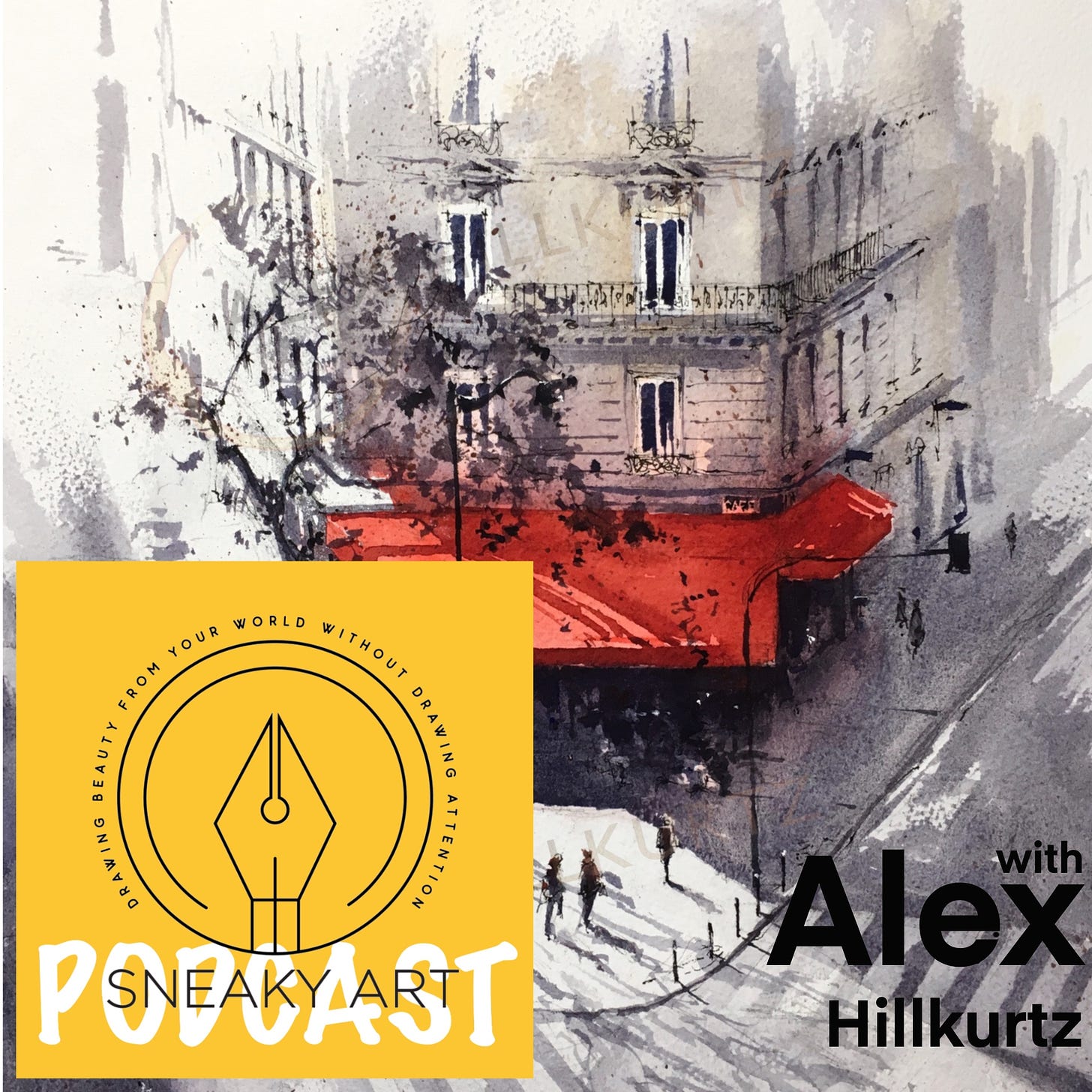
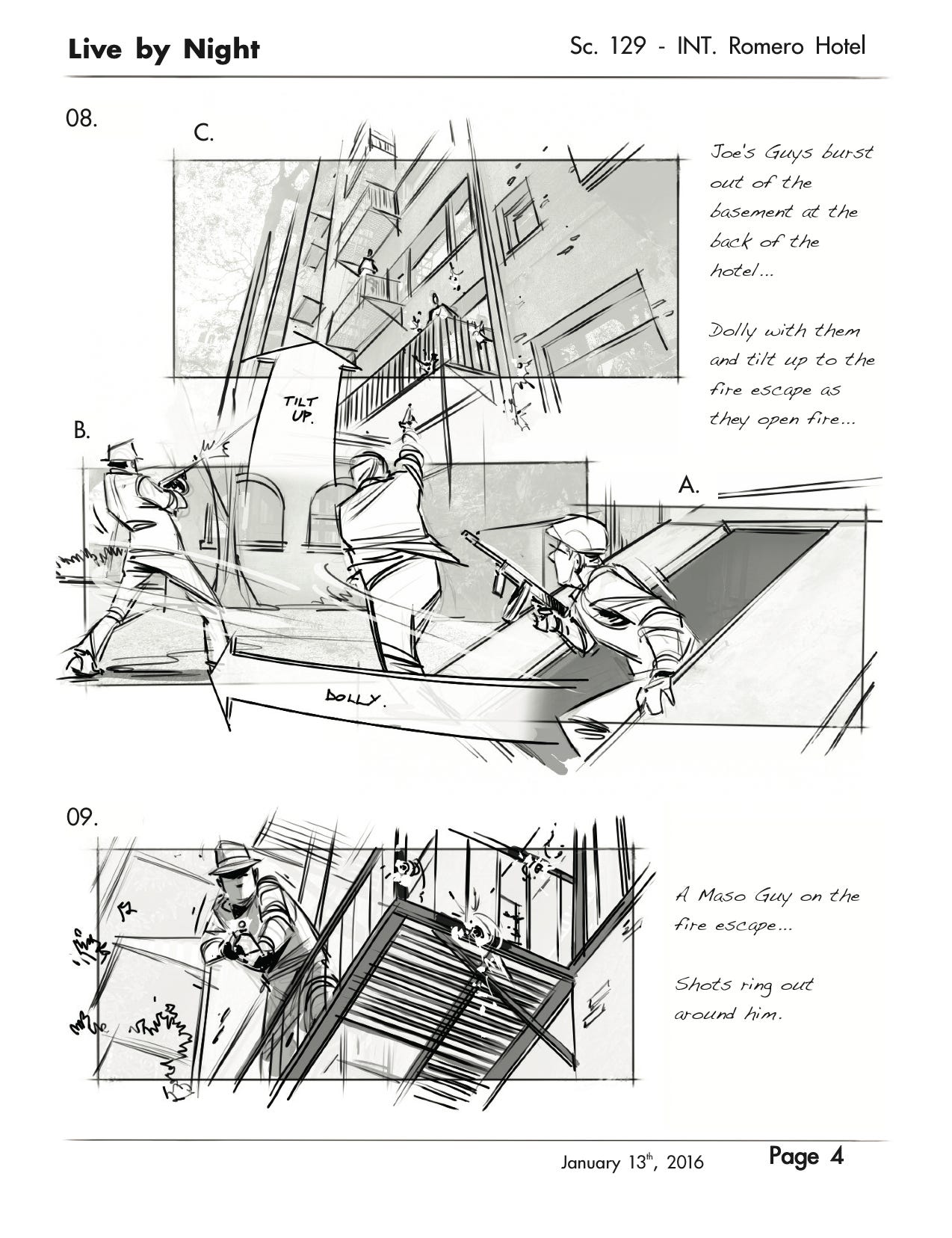
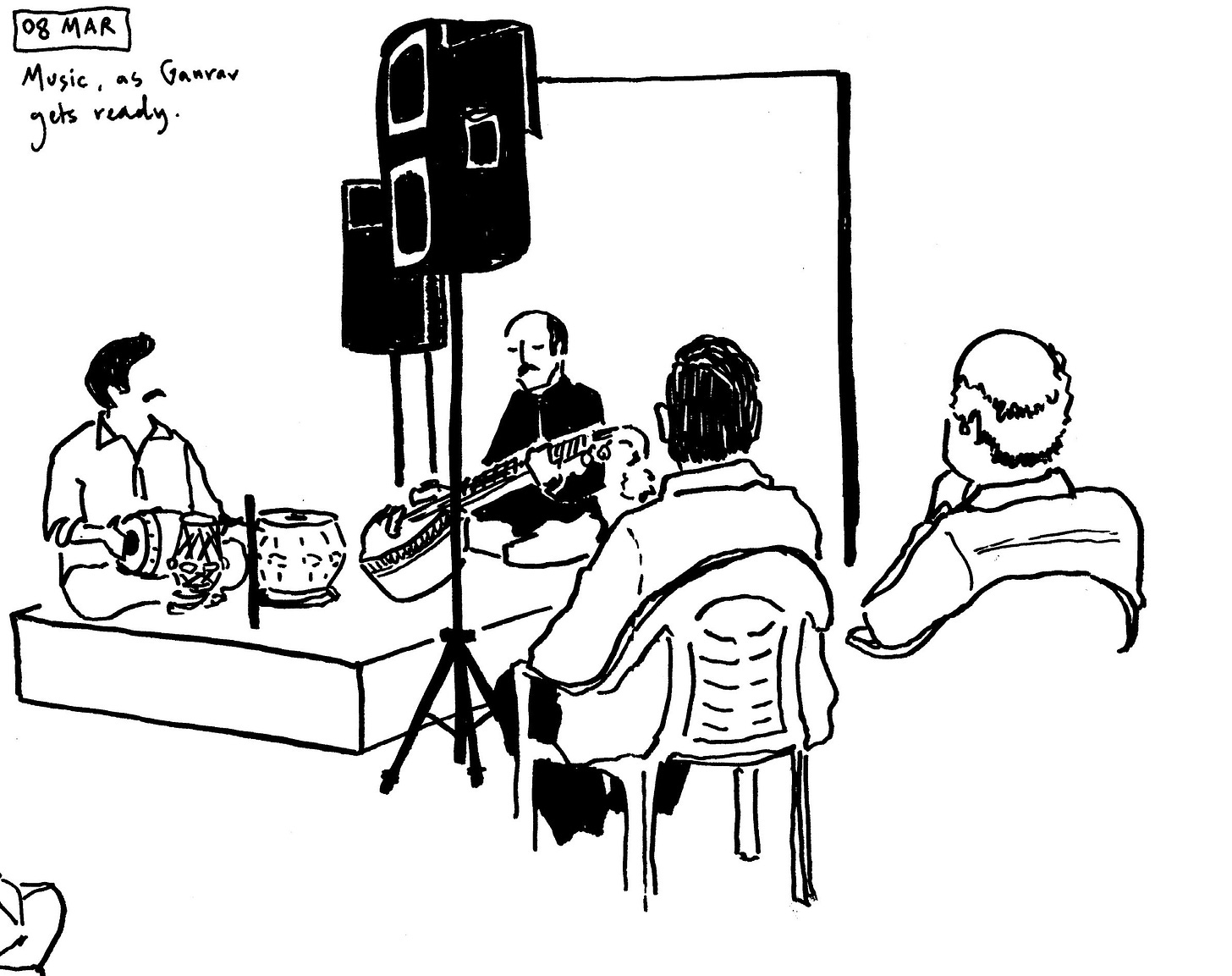
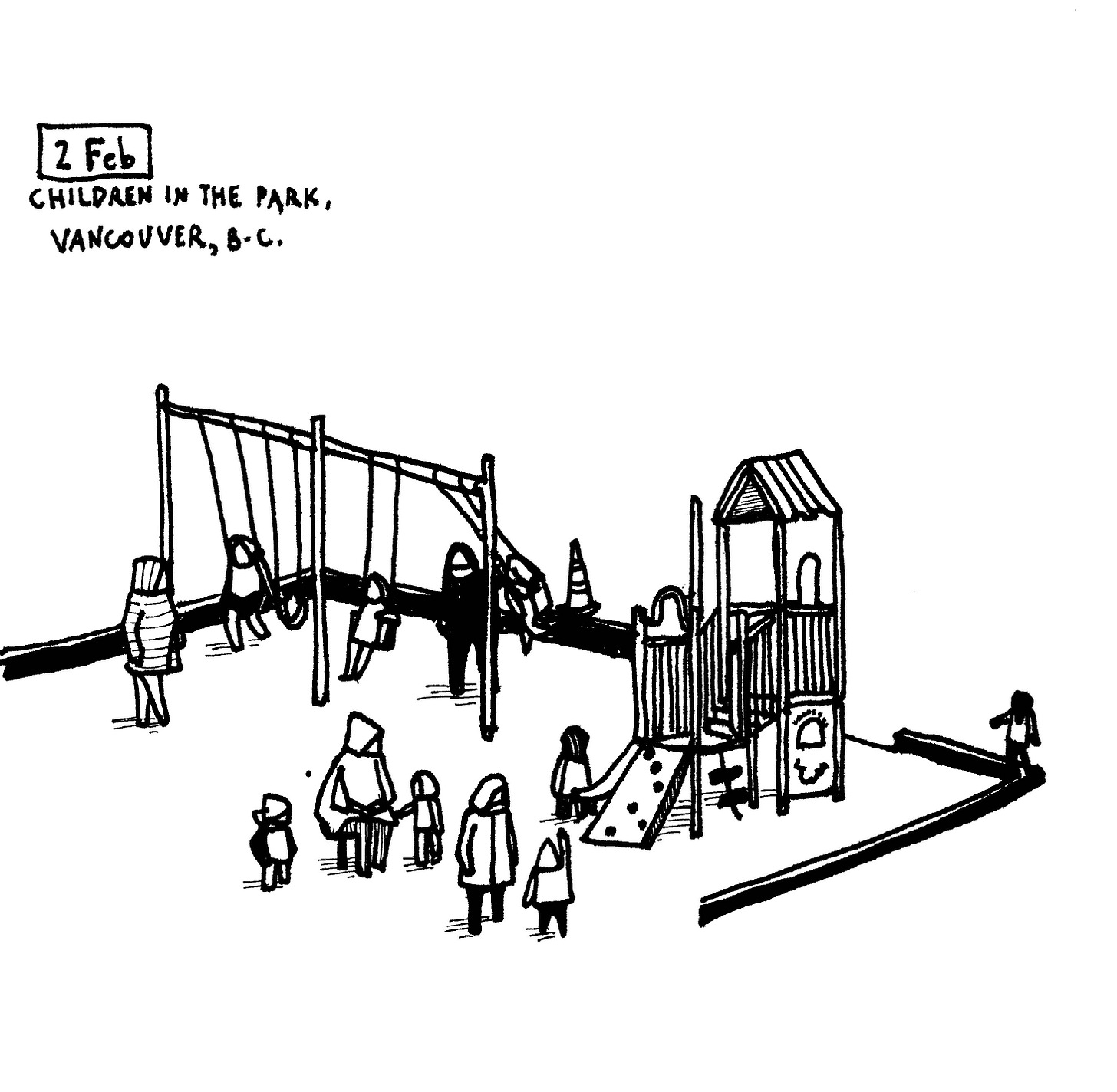
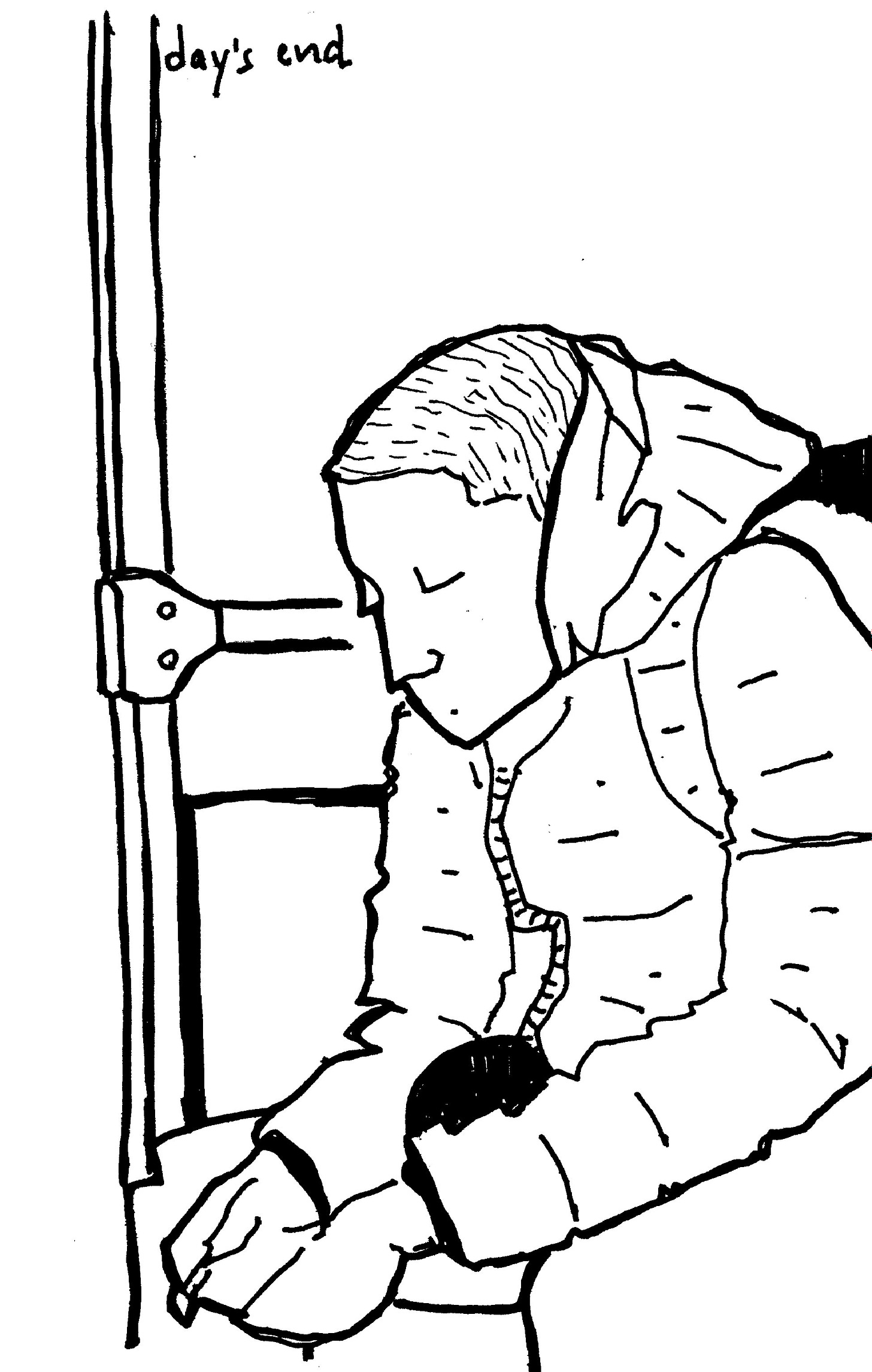

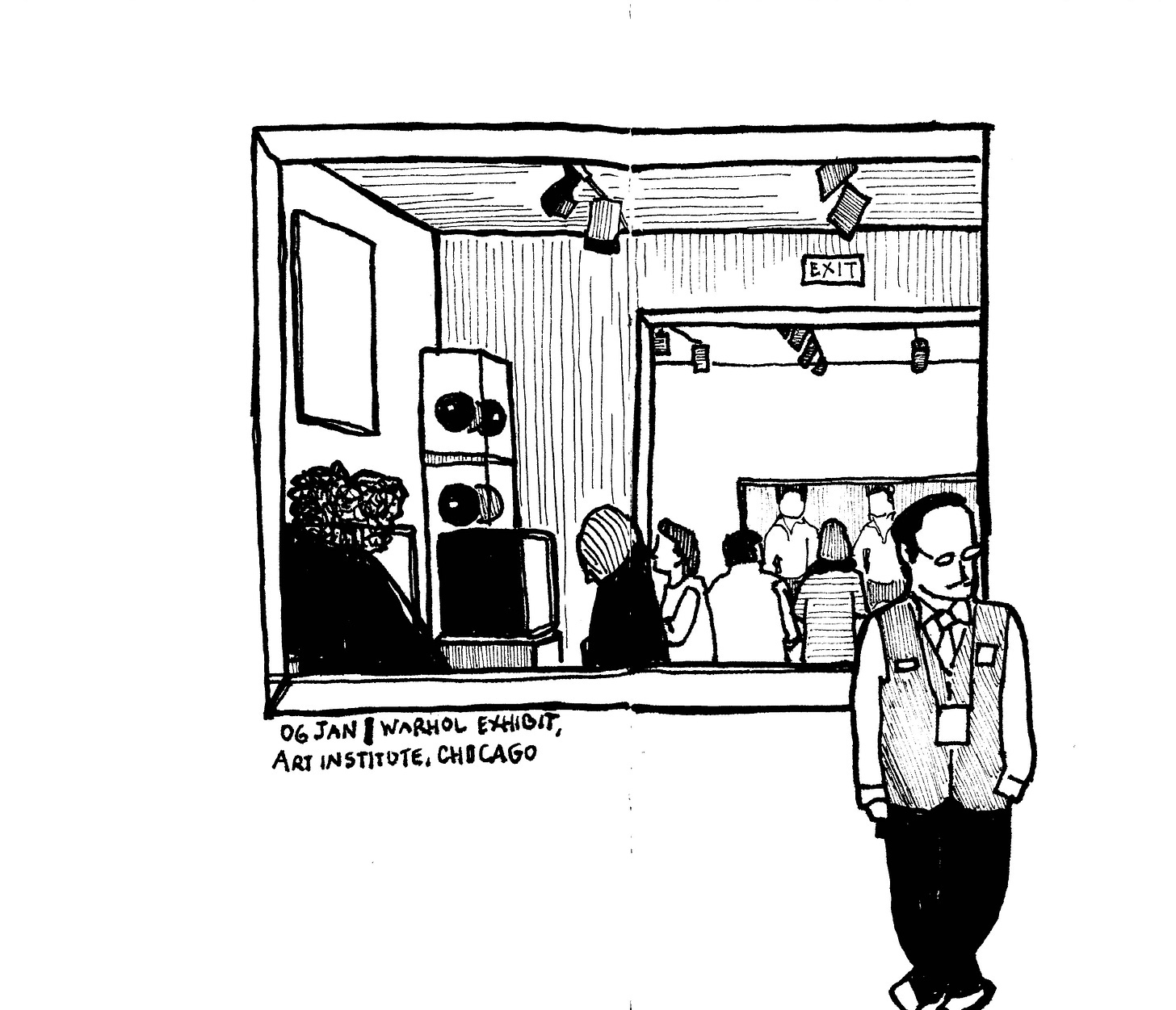
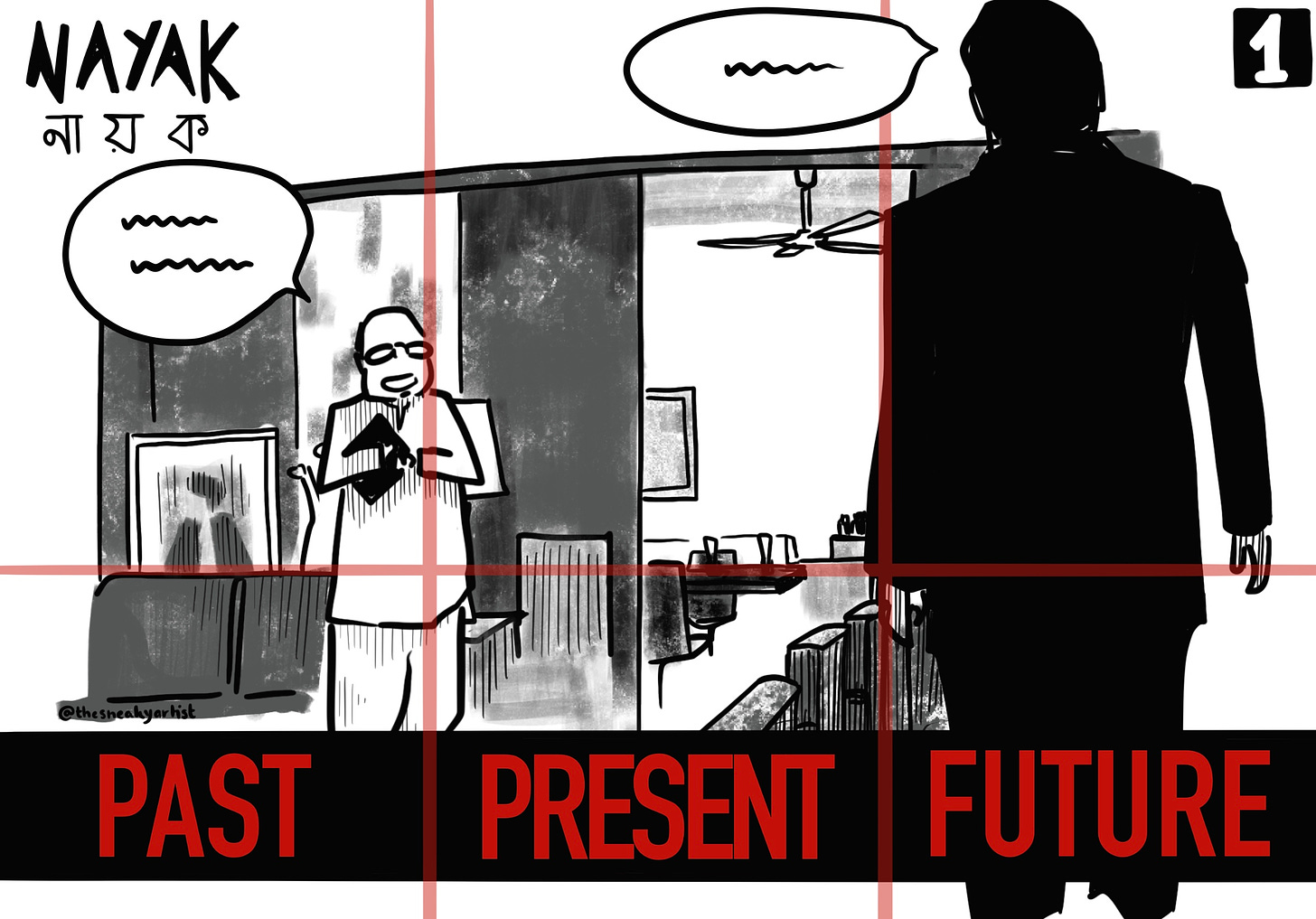
Thank you for telling us about phenomenology. Fascinating edition!